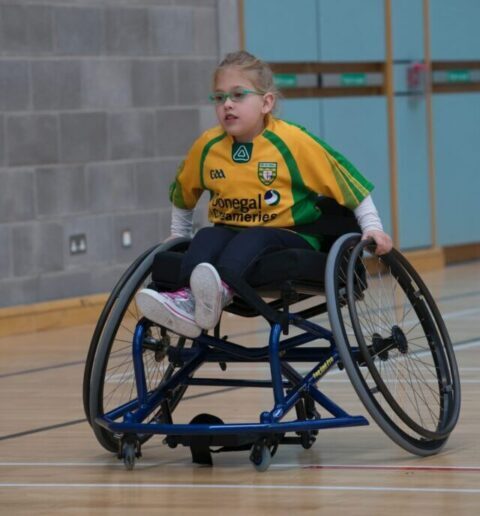Families are equal members of their child’s Individualized Education Program (IEP) team because families are experts on their child. While participating on your child’s team, try these four ways to advocate for your child.
Be intuitive
- Rely on your instincts for advocacy. This may include a “gut feeling” that makes you think you need to advocate for your child.
- You know your child best. If you feel like something may be wrong, it is worth pursuing.
Be a disability expert
- Rely on your knowledge of the type of disability your child has.
- Share information about the type of disability with the school. This may help your school decide which services your child may need.
Be strategic
- Use your knowledge of special education policy to access services.
- Learn about your child’s special education rights by contacting your Parent Training and Information Center.
Be an agent of systemic change
- Advocate not only for your child but also for systemic change for all children.
- Get involved in your local school district by joining a parent teacher association or speaking up at school board meetings.
Four steps adapted from Trainor, A. A. (2010). Diverse approaches to parent advocacy during special education home—school interactions: Identification and use of cultural and social capital. Remedial and Special Education, 31(1), 34–47. https://doi.org/10.1177/0741932508324401
Where can I get help near me?
In addition to your Parent Training and Information Center, consider the following resources:
- Wright’s Law: This website provides links to articles, cases, and resources about special education policy and advocacy.
- Equip for Equality: In Illinois, you can contact Equip for Equality to obtain free special education legal assistance. Serving the entire state, Equip for Equality is a protection and advocacy agency designed to provide free assistance to parents.
Related Resource(s)
- Resource Guides: Advocating for Your Child and Family
- Tip Sheets: How to Advocate for Your Child in Childcare Settings
- Tip Sheets: How to Advocate for Your Child While Taking Care of Yourself
- Tip Sheets: How to Advocate for Your Child in Medical Settings

